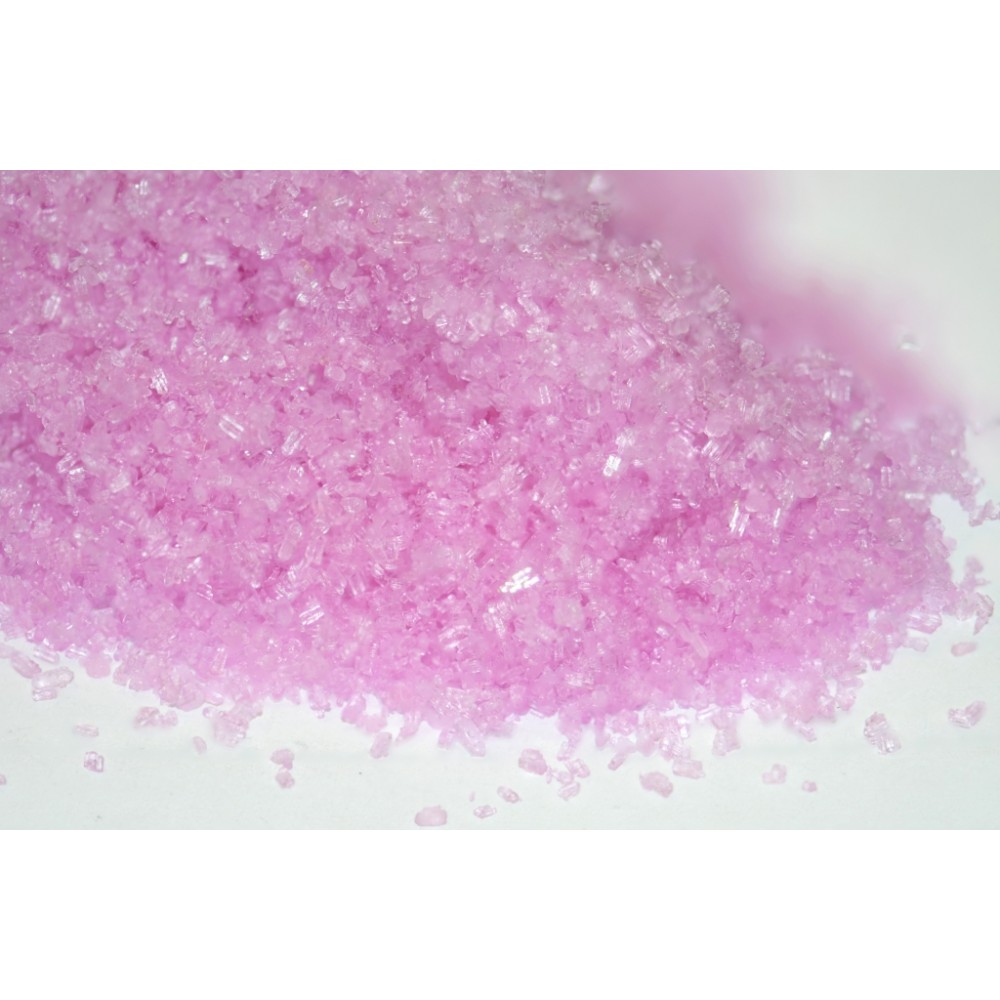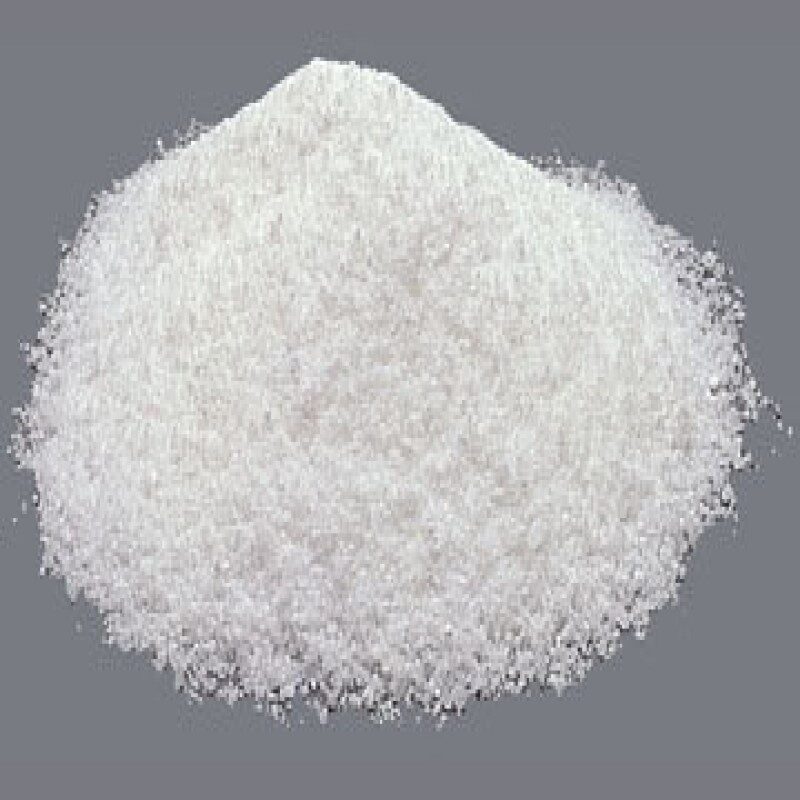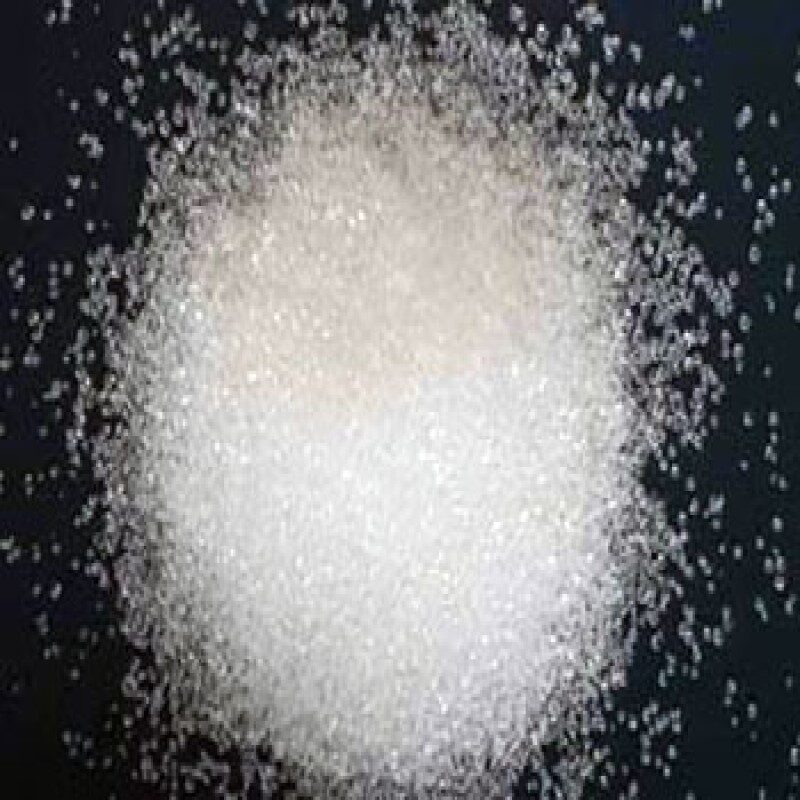Description
Manganese Chloride FAQs
1. What are the common uses of Manganese Chloride?
Manganese Chloride is used in various industrial applications, including the production of ceramics, pigments, and fertilizers. It is also employed in the preparation of catalysts and as a trace element in animal feed supplements.
2. Is Manganese Chloride toxic?
Manganese Chloride can be toxic if ingested, inhaled, or exposed to the skin in large quantities. It is important to handle it with care, follow safety precautions, and avoid direct contact or ingestion.
3. Can Manganese Chloride be used in water treatment?
Yes, Manganese Chloride can be used in certain water treatment processes, particularly for the removal of iron and manganese from water sources. It helps in improving water quality and reducing undesirable elements.
4. Where can I purchase Manganese Chloride?
Manganese Chloride can be obtained from chemical suppliers in India, like Amizara Speciality Chemicals LLP or agricultural supply stores, online marketplaces that offer chemical products. Ensure that you purchase from reputable sources and follow safety guidelines when handling this compound.
MSDS
SECTION 1: Chemical Product and Company Identification
1.1 Product identifiers
| Product Name & Other Names: |
Manganese Chloride Tetrahydrate |
| CCAS#: |
13446-34-9 |
| EINECS EC Number: |
231-869-6 |
| TSCA: TSCA 8(b) inventory: |
Manganese chloride tetrahydrate |
| Molecular Formula: |
MnCl2-4H2O |
| Molecular Weight: |
197.92 |
| Relevant uses and uses advised against (if any): |
Industrial Manufacturing |
| Suppliers: |
As per letterhead |
SECTION 2: Hazards identification
GHS, Globally Harmonized System Classification in accordance with 29 CFR
1910 Hazard Class and Category Code(s), Regulation (EC) No 1272/2008 (CLP)
- Acute toxicity, oral Category 4
- Hazardous to the aquatic environment, acute hazard Category 3
Labeling Regulation EC 1272/2008 (CLP) & GHS
- Acute toxicity, oral Category 4
- Hazardous to the aquatic environment, acute hazard Category 3
For the full text of the H-Statements mentioned in this Section, see Section 16.
2.2 Label elements
Labelling according Regulation (EC) No 1272/2008
Signal Word : Warning
| Hazard statements |
|
| H302 |
Harmful if swallowed |
| H402 |
Harmful to aquatic life |
| Precautionary statements |
|
| P264 |
Wash skin thoroughly after handling |
| P270 |
Do not eat, drink or smoke when using this product. |
| P273 |
Avoid release to the environment |
| P330 |
Rinse mouth |
| P301+P312: IF SWALLOWED:
P308 + P313 |
Call a POISON CENTER or doctor/ physician if you
feel unwell.P280 – Wear protective gloves/protective clothing/eye protection/face
protection |
| P302+P352: |
IF ON SKIN: Wash with plenty of soap and water |
| P304+P340: |
IF INHALED: Remove victim to fresh air and keep at rest in a position
comfortable for breathing |
| P305+P351+P338: |
IF IN EYES: Rinse cautiously with water for several minutes.
Remove contact lenses, if present and easy to do. Continue rinsing. |
| P501: |
Dispose of contents/ container to an approved waste disposal plant. |
2.3 Classification according to EU Directives 67/548/EEC or 1999/45/EC:
| Hazard Symbol: |
Xn Harmful |
| Risk Phrases: |
R22 = Harmful if swallowed |
| R52 = Harmful to aquatic organisms |
SECTION 3: Composition and Information on Ingredients
| Product Name & Other Names: |
Manganese Chloride Tetrahydrate |
| CAS #: |
13446-34-9 |
| EINECS EC Number: |
231-869-6 |
SECTION 4: First Aid Measures
Always seek medical attention after first aid measures are provided
Eye Contact: Check for and remove any contact lenses. Immediately flush eyes with running water for at least 15 minutes, keeping eyelids open. Cold water may be used. Do not use an eye ointment. Seek medical attention.
Skin Contact: After contact with skin, wash immediately with plenty of water. Gently and thoroughly wash the contaminated skin with running water and non-abrasive soap. Be particularly careful to clean folds, crevices, creases, and groin. Cold water may be used. Cover the irritated skin with an emollient. If irritation persists, seek medical attention.
Serious Skin Contact: Wash with a disinfectant soap and cover the contaminated skin with an anti-bacterial cream. Seek immediate medical attention.
Inhalation: Allow the victim to rest in a well-ventilated area. Seek immediate medical attention.
Ingestion: Do not induce vomiting. Examine the lips and mouth to ascertain whether the tissues are damaged, a possible indication that the toxic material was ingested; the absence of such signs, however, is not conclusive. Loosen tight clothing such as a collar, tie, belt, or waistband. If the victim is not breathing, perform mouth-to-mouth resuscitation. Seek immediate medical attention.




